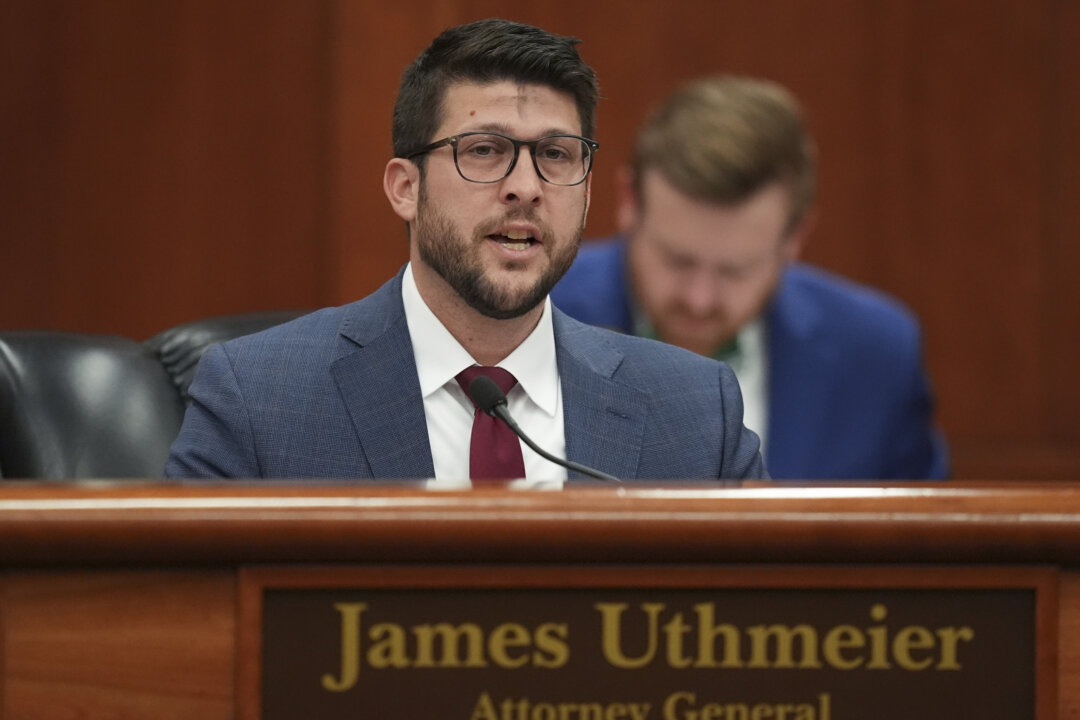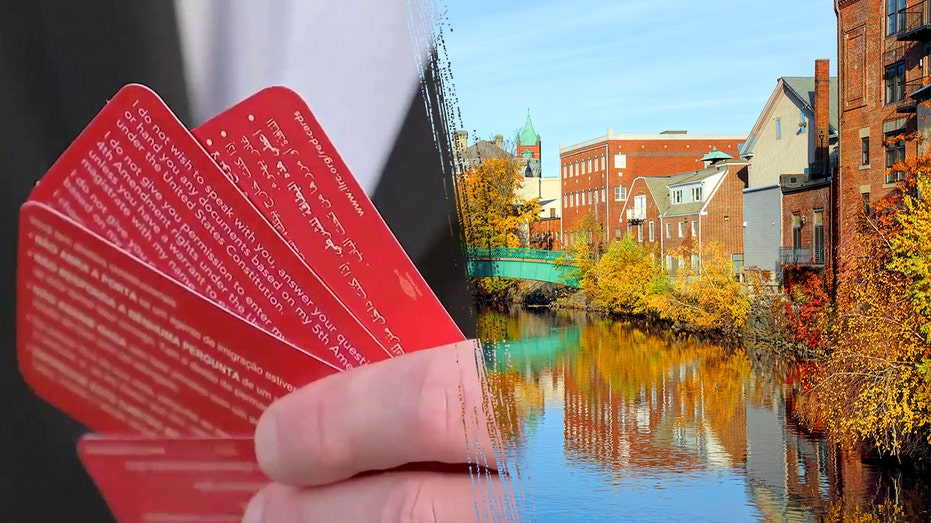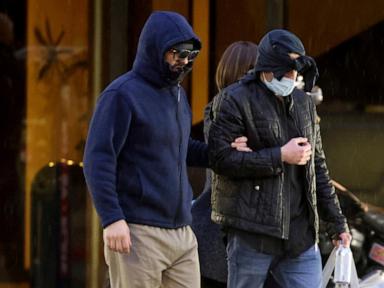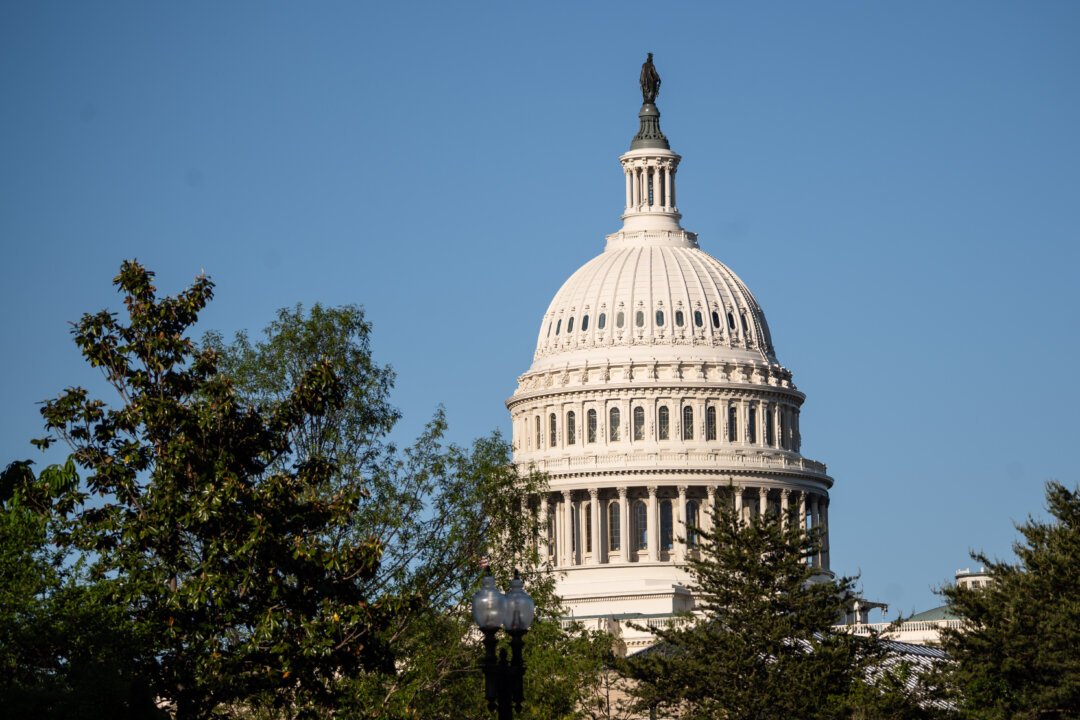After 20 years of delays, the REAL ID deadline to fly commercial in the United States has landed. Here are five things to know before flying.
On May 11, 2005, President George W. Bush signed the REAL ID Act into law to enhance national security in the aftermath of the Sept. 11, 2001, terrorist attacks. Passed by the U.S. Congress, the act set federal standards for issuing identification cards, like driver's licenses.
In addition to the compliance requirement to board a federally regulated commercial aircraft, beginning May 7, 2025, American adults will need a compliant ID to access certain federal facilities and enter nuclear power plants, according to the Department of Homeland Security (DHS).
After the REAL ID deadline, state-issued driver's licenses or IDs that are not REAL ID-compliant will no longer be accepted as a valid form of identification at airports.
REAL ID 'UNNECESSARY IN KEEPING US SAFE,' GOP LAWMAKER SAYS AS DEADLINE LOOMS
NO 'REAL ID' APPOINTMENTS OPEN IN NEW JERSEY AS RESIDENTS SOUND OFF: 'GET WITH THE TIMES, NJ'
Starting May 7, travelers can only use their state-issued ID or license to fly within the United States if it is REAL ID-complaint. However, there are several other forms of identification that will still be accepted for domestic travel, according to the Transportation Security Administration (TSA). Travelers unsure if their ID is accepted can check with their local Department of Motor Vehicles (DMV) and check for a star on the upper top portion of their card, signaling REAL ID compliance.
Don't panic! Be sure to travel with a passport or another accepted identification card, if you have one.
The TSA advises that passengers, including those with TSA Precheck, who present identification at a TSA checkpoint that is not REAL ID compliant and who do not have an alternative ID form will be informed they are noncompliant and could be directed to a separate area at the airport for potential additional screening.
A TSA officer can ask noncompliant passengers to complete an identity verification process, which includes name and current address confirmation. Once your identity is confirmed, passengers can enter the screening checkpoint but might be subject to additional screening.
TSA will not allow passengers to enter the security checkpoint if they do not provide the acceptable identification, decline to cooperate with the additional identity verification or if a passenger's identity cannot be confirmed.
While REAL IDs are not required to travel if a passenger has alternative accepted identification, they are recommended under the REAL ID Act.
To obtain a REAL ID, travelers can visit their state's DMV with documentation proving their full legal name, date of birth, Social Security number, two proofs of residency and lawful status.
CLICK HERE TO GET THE FOX NEWS APP
TSA does not require children under 18 to provide identification when traveling with a companion within the country, so minors will not need a REAL ID to fly.
.png)
 14 hours ago
9
14 hours ago
9















 English (US)
English (US)